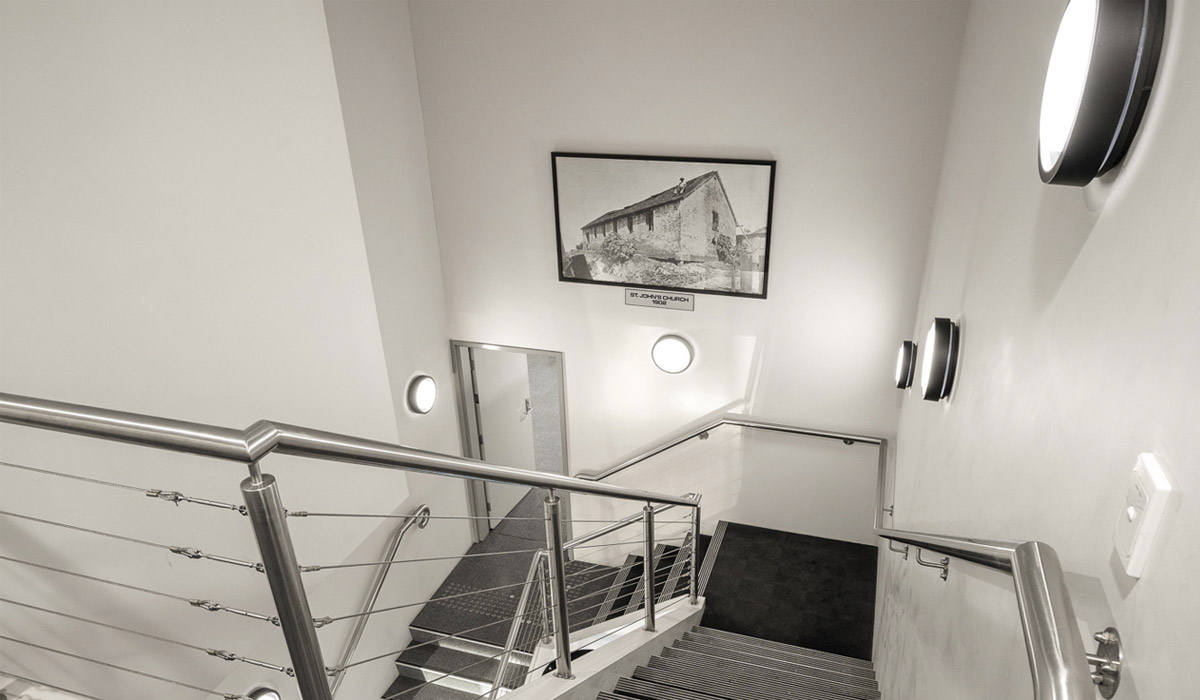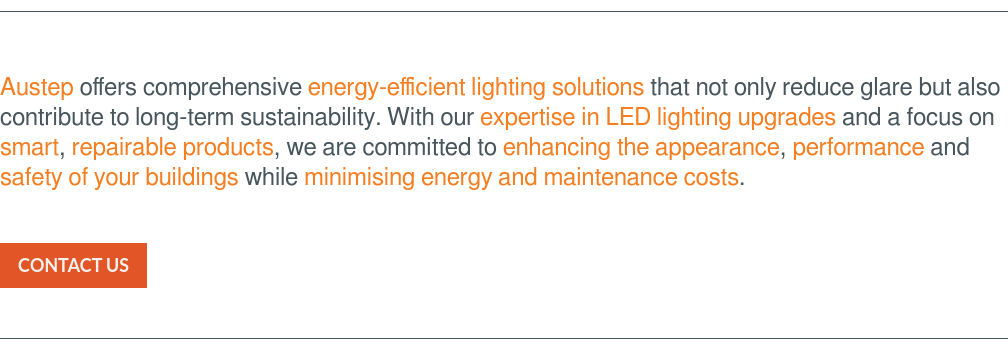In low-traffic areas such as carparks and corridors, occupancy is typically only around 20% of the time, while areas like fire stairs are occupied as little as 5% of the time. Installing LED motion sensor lights in these areas ensures that you are not wasting money and power by running lights when they are not needed.
LED sensor lights come in a variety of forms, but in general there are two main types:
DAYLIGHT SENSORS

Dim or switch lights on/off depending on the amount of daylight available. Best used in carparks and around building entrances.
MOTION SENSORS

Dim or switch lights on/off when motion is/isn’t detected. Best used in low-use corridors, stairways and underground carparks.
Most modern LED sensor lights have programmable settings
Depending on the quality of the product you can adjust the settings for:
HOLD TIME

The amount of time the light stays on.
BRIGHTNESS

How low the lights dim when not needed, or will it switch off completely.
STAGED TIMING

For example, the light will dim to 50% brightness for 10 minutes, then switch off completely.
RANGE & SENSITIVITY

The area where motion will be detected, and the level of motion required to trigger the lights.
What to look for in a sensor light
For the best control over your LED sensor lights, it is important to choose high-quality options that allow you to easily adjust the sensitivity and duration. Installing motion sensor lights in hard-to-reach areas, such as high ceilings or warehouses will need a remote control.
As always, we recommend lights with modular parts, that way you can replace lamps or drivers without having to throw the whole fitting away and/or hire an electrician every time a light fails.


